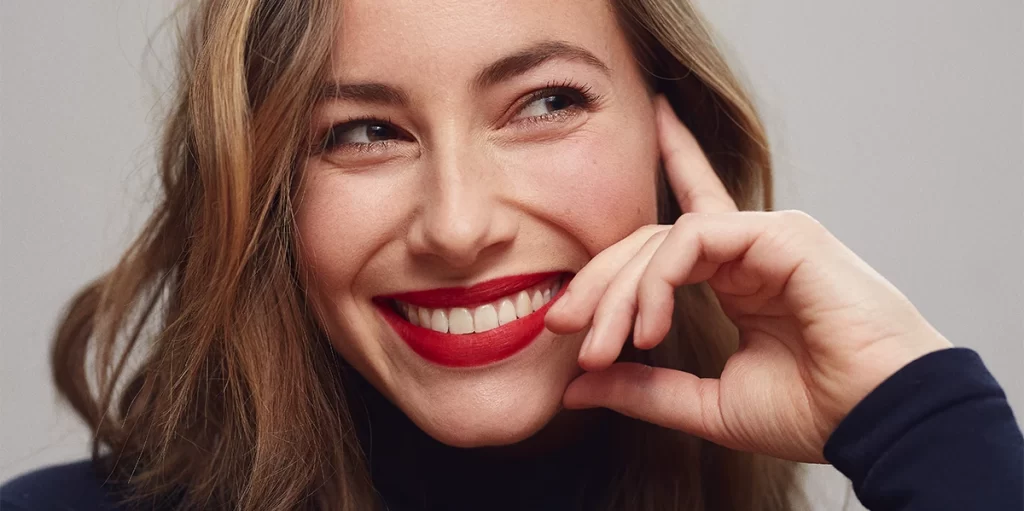Human beings are beautiful when they smile. In life, there are many reasons for us to smile. You can smile for small things such as finally finding an item you were looking all over the place for, seeing your bestie after a while, or just having the sun caress your face. Every day, finding a reason to smile should be on all of our to-do lists as it is the most important to do. Every day, make sure you SMILE.
Man has been fascinated by smiles for a long time. The Mona Lisa’s passive smile, the Grinch’s evil smile, and Buddha’s peaceful one, smiles are fascinating. But did you know there are actually 10 different types of smiles? They have a specific look and a specific meaning. Fascinating, don’t you think?
Smiling and its social functions
Basically, there are 3 kinds of smiles:
• Smiles of reward
• Smiles of dominance
• Smiles of affiliation
Smiles are categorized according to their social functions – i.e. the purpose of a smile when the person is with a group of people. Despite the fact that a smile is instinctive and expressive of the person’s state of mind and emotion at a specific moment, a smile is also dynamic and powerful as a form of social interaction and communication.
So here are the 10 most common types of smiles and what they say about the person in a certain social situation.
What are the 10 different types of smiles and what do they mean?
Smiling is a universal expression of happiness, joy, and contentment. But did you know that there are many different types of smiles, each with its own unique meaning and interpretation? In this article, we’ll explore 10 different types of smiles and what they can tell us about a person’s emotions, intentions, and personality.
Genuine Smile
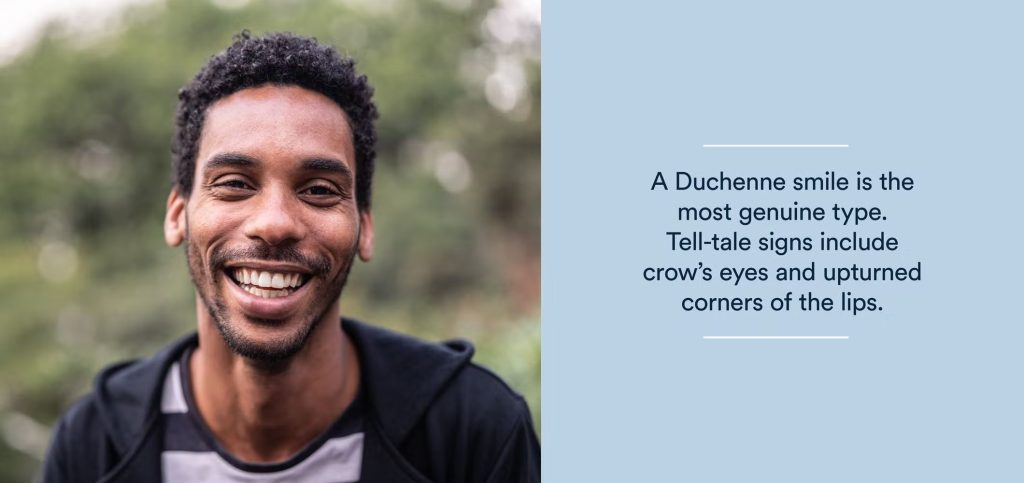
A genuine smile, also known as a Duchenne Smile, is considered the gold standard for smiles. This type of smile involves the contraction of both the zygomatic major muscle (which raises the corners of the mouth) and the orbicularis oculi muscle (which raises the cheeks and crinkles the eyes). When you see someone with a genuine smile, you can be sure that they are truly happy and feeling positive emotions.
Polite Smile
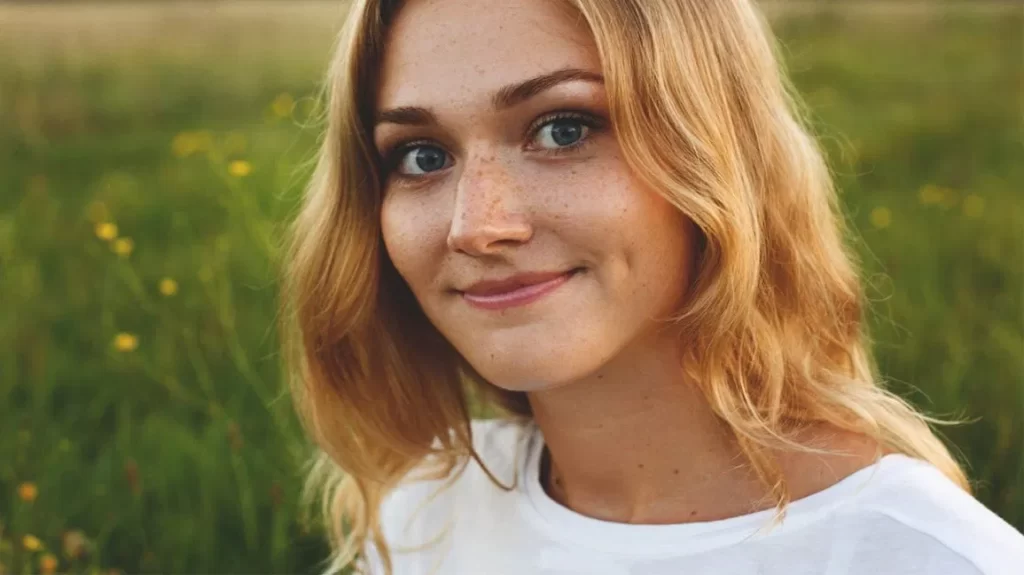
A polite smile is a type of smile that is used in social situations to show politeness or friendliness without necessarily expressing genuine emotions. This type of smile involves the contraction of only the zygomatic major muscle, and is often used in situations where the person wants to appear polite or friendly, but may not be feeling genuinely happy.
Forced Smile
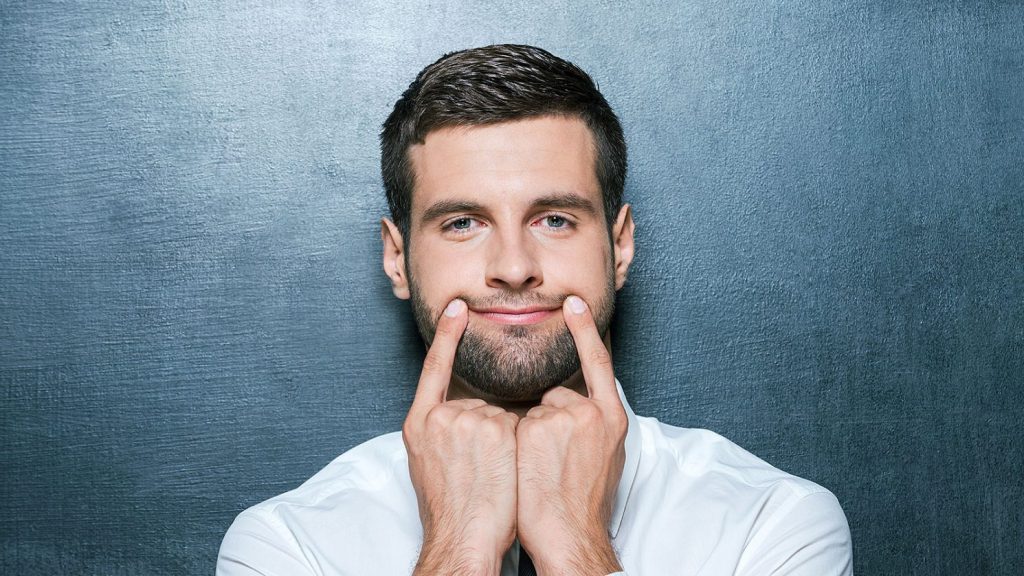
A forced smile is a type of smile that is used when a person is smiling despite not feeling happy. This type of smile is often used in situations where a smile is expected, even if the person is not actually happy. Forced smiles can be easily distinguished from genuine smiles because they often lack the crinkling around the eyes that is associated with genuine happiness.
Sneer

A sneer is a type of smile that involves twisting one side of the mouth upwards. This type of smile is often used to express disdain, sarcasm, or disrespect. When you see someone with a sneer, it can indicate that they are not happy with the situation or the people around them.
Grin
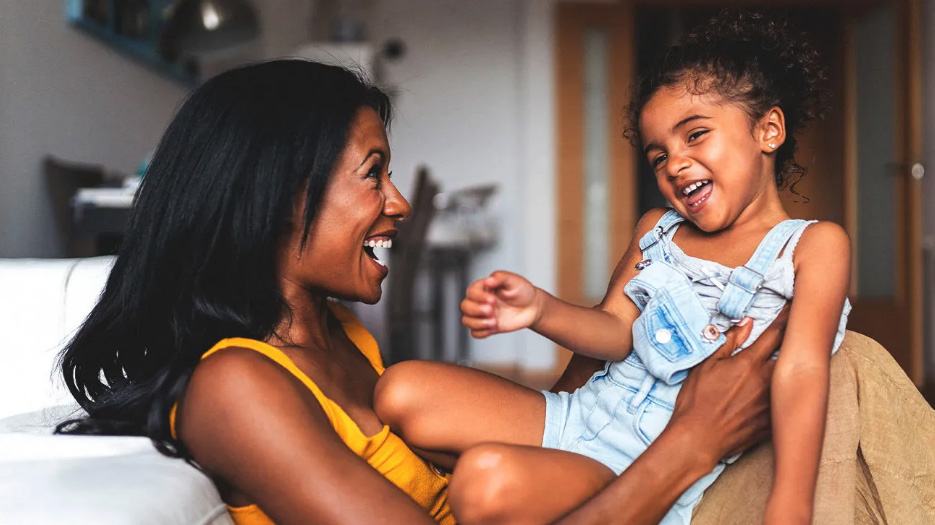
A grin is a type of smile that involves a wide open mouth and often shows all of the teeth. This type of smile is often used to express amusement or excitement. Grinning can also indicate that the person is feeling playful or lighthearted.
Smirk
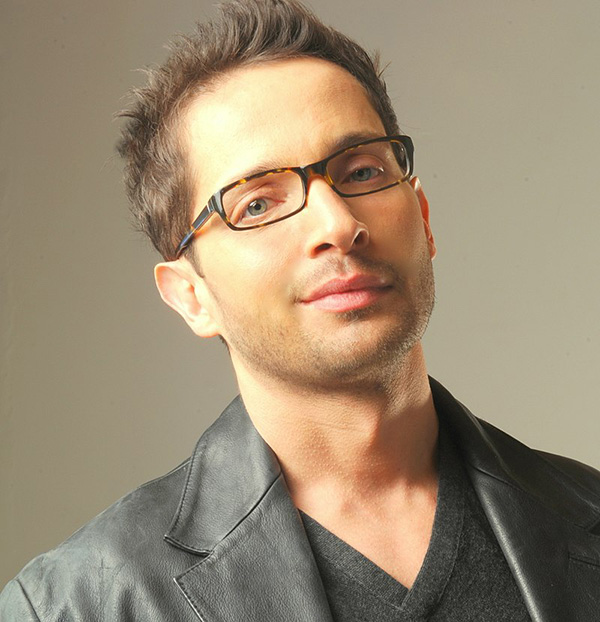
A smirk is a type of smile that involves one side of the mouth being raised. This type of smile is often used to express superiority, amusement at the expense of others, or sarcasm. When you see someone with a smirk, it can indicate that they are feeling superior or that they are making fun of someone or something.
Lopsided Smile

A lopsided smile involves one side of the mouth being raised higher than the other. This type of smile is often used to indicate playfulness or skepticism. Lopsided smiles can also indicate that the person is feeling unsure or that they are holding back their emotions.
Closed-Mouth Smile
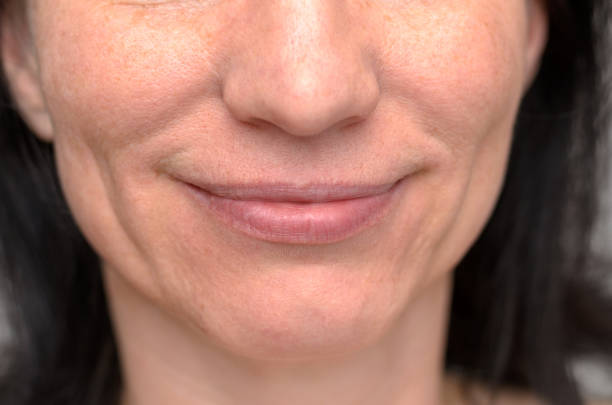
A closed-mouth smile is a type of smile that involves smiling without showing the teeth. This type of smile is often used to show politeness, kindness, or to conceal emotions. When you see someone with a closed-mouth smile, it can indicate that they are trying to be polite or that they are concealing their emotions.
Dimpled Smile
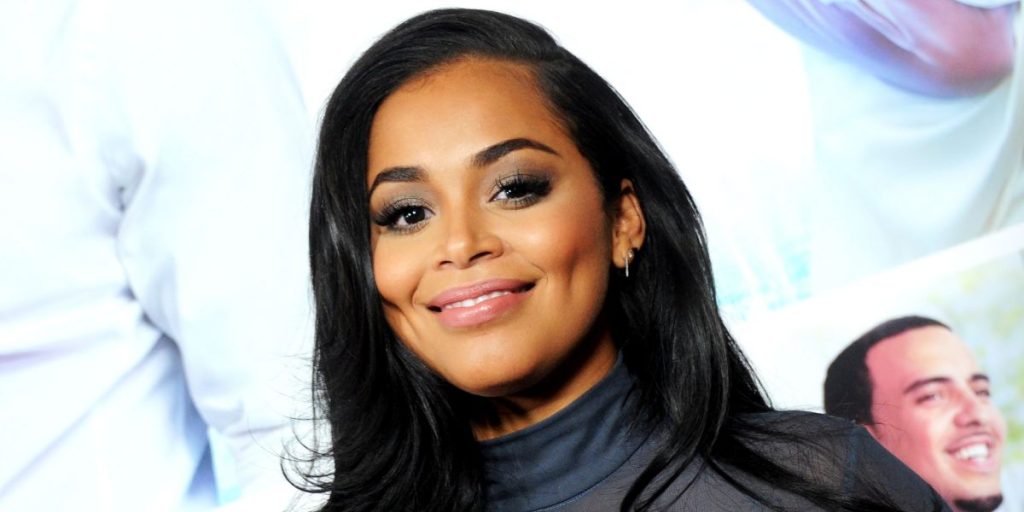
A dimpled smile involves small indentations or dimples on the cheeks. This type of smile is often used to indicate cuteness, playfulness, or warmth. Dimpled smiles can also indicate that the person is feeling happy and playful.
Mona Lisa Smile
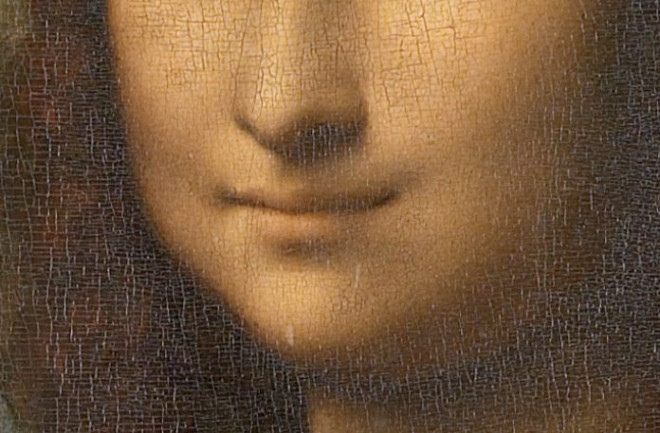
The Mona Lisa smile is a subtle smile that involves the lips being slightly raised at the corners. This type of smile is often used to indicate mystery, sophistication, or ambiguity. When you see someone with a Mona Lisa smile, it can be difficult to determine their exact emotions, as this type of smile is often used to keep others guessing. However, it can also indicate that the person is feeling calm, collected, and confident.
Conclusion
Smiling is a universal expression of happiness, but there are many different types of smiles, each with its own unique meaning and interpretation. Understanding these different types of smiles can help you better understand the emotions and intentions of the people around you. Whether it’s a genuine smile, a polite smile, or a Mona Lisa smile, each type of smile can tell us something about the person behind it. So, the next time you see someone smile, take a closer look and see what you can learn about their emotions and personality.

